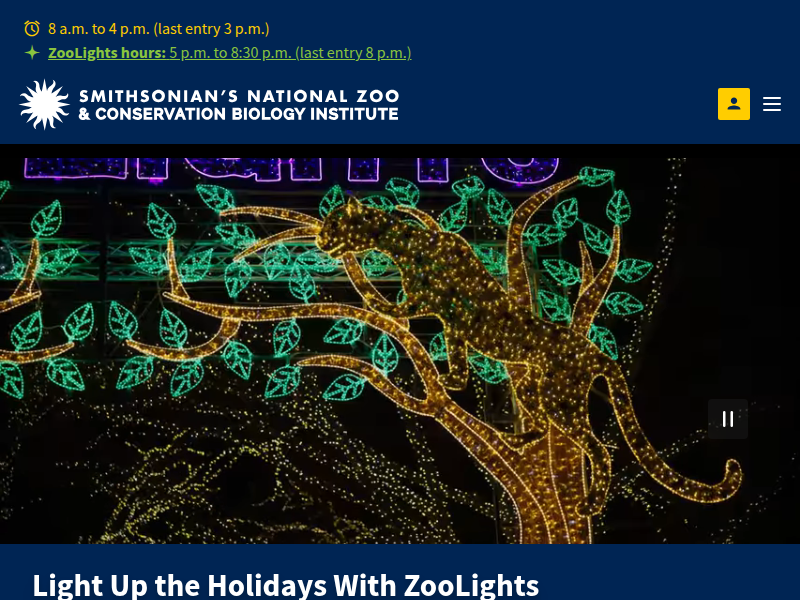Southern tamandua | Smithsonian’s National Zoo and Conservation Biology Institute https://nationalzoo.si.edu/animals/southern-tamandua
Tamanduas are arboreal relatives of anteaters, whom they resemble. Native to South America, they can live in a variety of habitats and eat mainly social insects such as ants, termites and bees.
Fact Sheet Conservation Physical Description Southern tamanduas have short

